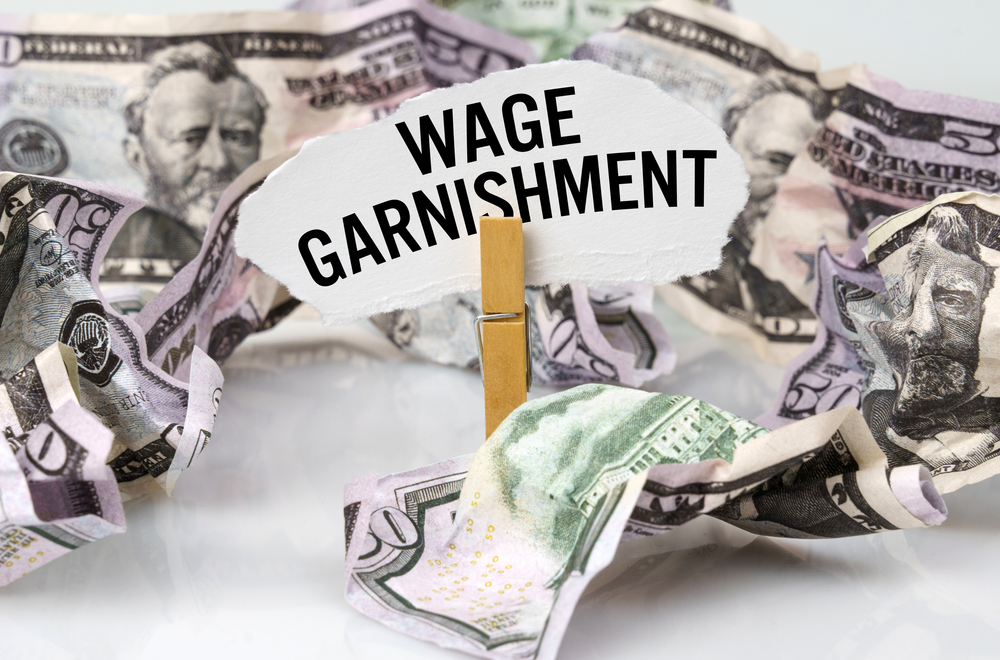Filing for bankruptcy is a significant financial decision, and making mistakes in the process can have serious consequences. So, what are the common mistakes to avoid when filing for bankruptcy in California?
The most common mistakes include transferring assets before filing, taking on new debt, cashing out retirement funds, failing to disclose financial details, and waiting too long to file. Avoiding these missteps can protect your case and maximize your financial relief.
Continue reading “What Are the Common Mistakes to Avoid When Filing for Bankruptcy in California?”
Start Your Financial Reset
Embrace A Debt-free Future
FAQs About Bankruptcy Mistakes in California
What can you not do after filing bankruptcies?
In Chapter 7 and Chapter 13, obligations pertaining to current taxes, spousal maintenance, child support payments, and judicial directives cannot be eliminated. You might lose the privilege to retain specific properties, credit cards, or bank accounts, and acquiring loans will necessitate authorization from the court after declaring bankruptcy.
Does my debt go away when I declare bankruptcy?
When you file for bankruptcy, it can serve to clear away most unsecured debts. Not every type of debt might be forgiven through this process, such as secured debts like your mortgage.
Who loses money first in a bankruptcy case?
During bankruptcy proceedings, the initial financial losses are absorbed by secured creditors, which usually include banks and lenders. Unsecured creditors are next in line to face losses, and these may be banks as well as suppliers. Stockholders stand at the end of the queue when it comes to asset claims.
Consequently, if there’s insufficient repayment to cover other creditors’ claims fully, stockholders might end up without any compensation from the remaining assets.
What is the 90-day rule for bankruptcy?
Under the 90-day rule in bankruptcy, if you disburse over $600 to a creditor in the period of 90 days preceding your filing, the trustee overseeing Chapter 7 has the authority to demand that said creditor refund those monies.
What happens if I don't disclose all my assets when filing for bankruptcy?
When you are filing for bankruptcy, it is imperative to reveal all of your assets. Concealing any could lead to a refusal of debt relief, the possibility of having an approved discharge later revoked, or facing criminal prosecution.
To prevent these adverse outcomes, exercise completeness and honesty in your disclosure.


